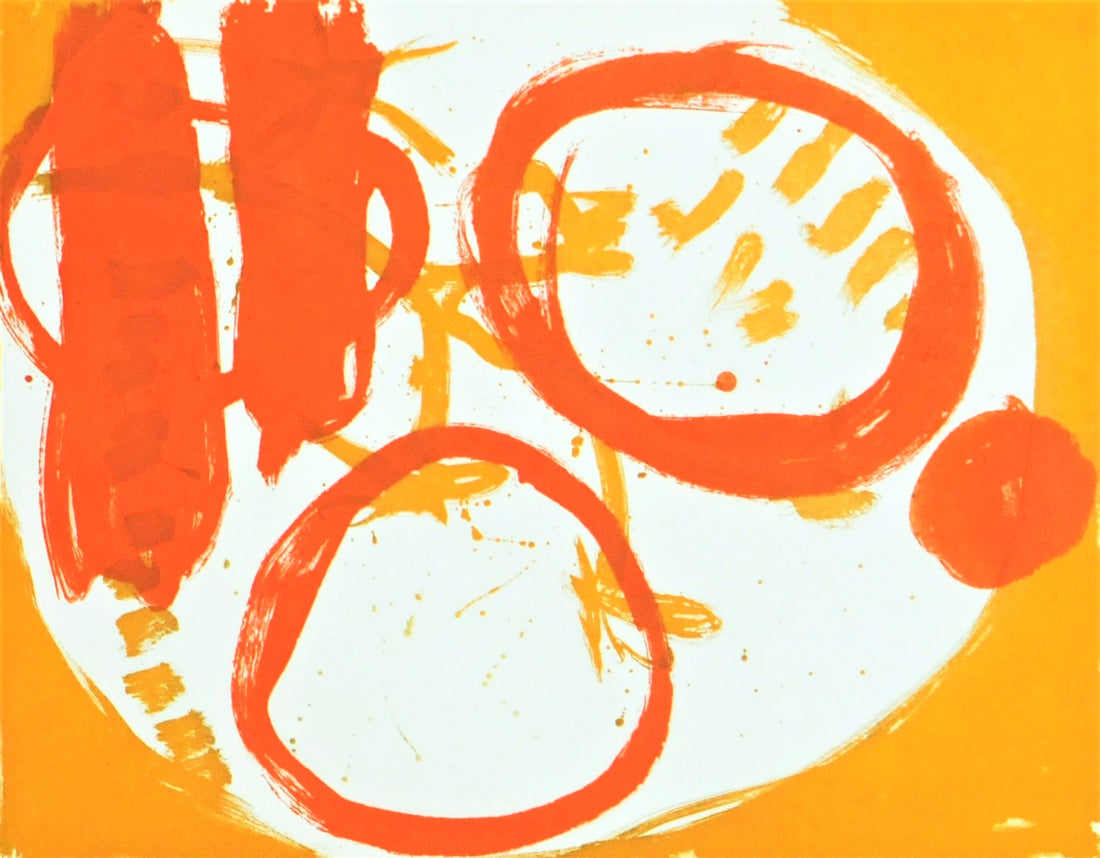Frank Sinatra's favourite colour was orange.
Colour is a complicated subject. Not only in art, but in nature, history, and culture more broadly.
From Leonardo da Vinci, Isaac Newton and 19th century European influencer Goethe, to Bauhaus artist and educator Josef Albers, the subject of colour threads through our study and understanding of the world around us.
What we call ‘colour’ is in fact our brains processing the multiple wavelengths that we receive via the rods and cones at the back of our eyes.
Red, blue and yellow are known as primary colours. Each primary colour has a ‘complimentary colour’ which is made by mixing the other two. So red’s primary colour is green (blue and yellow), blue’s is orange (red and yellow) and yellow is purple (red and blue).
The Impressionists (Monet, Cézanne and Pissarro) painted the shadows of an object in its complimentary colour – so a red apple casts a shadow containing green. Orange was also a popular colour with the Pre-Raphaelite painters. Elizabeth Siddal, a model with vibrant and flowing orange-red hair became a symbol of the Pre-Raphaelite movement.
‘A painter’s palette, can, and should, be a thing of beauty, for it contains the essence of the relationships and excitement that is to unfold. A few carefully prepared and considered colours go a long way.’ (Artists & Illustrators magazine)
From ancient Egypt to classical civilizations, the Renaissance to modernity, colour has also been actively used by cultures all over the world to heal and communicate. In Hinduism the widely revered Lord Krishna is often depicted in yellow orange. Symbolic of a state of enlightenment, Orange is also worn by Buddhist monks and holy men in India who have renounced the world. The colour also represents fire and since impurities are burnt by fire, it also symbolises purity.
Be inspired by our Summer 22 Orange collection.

